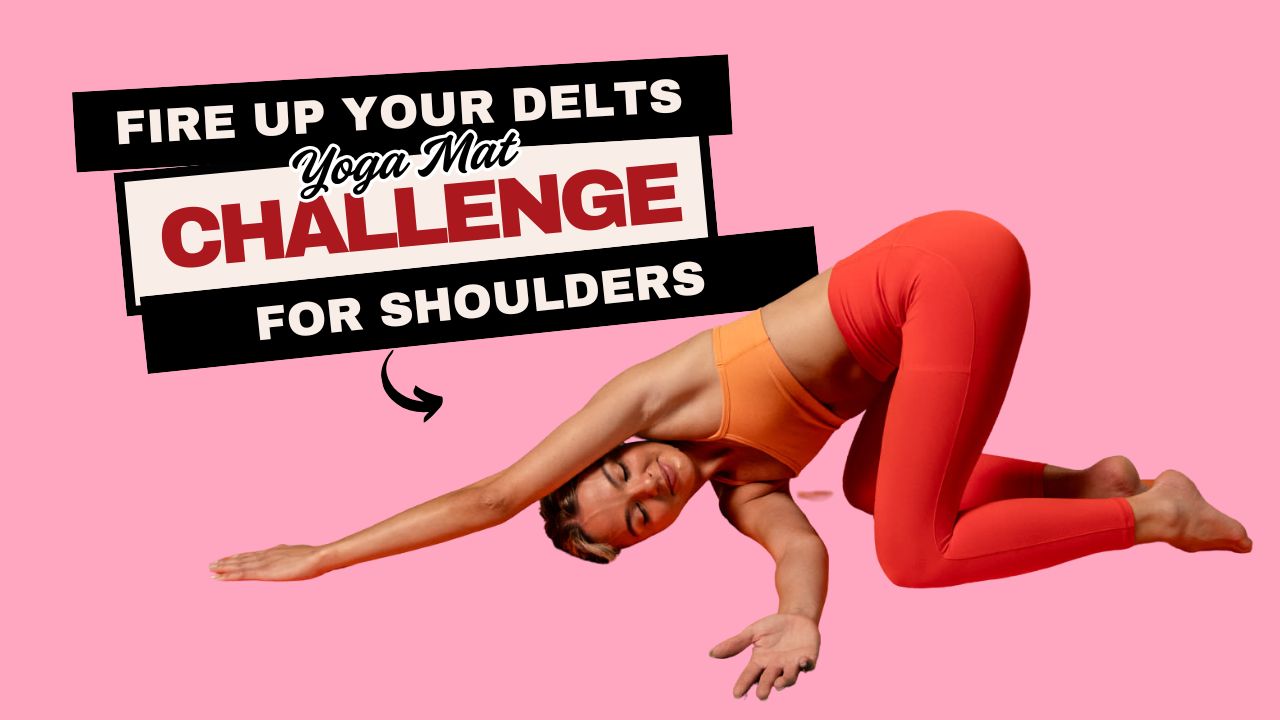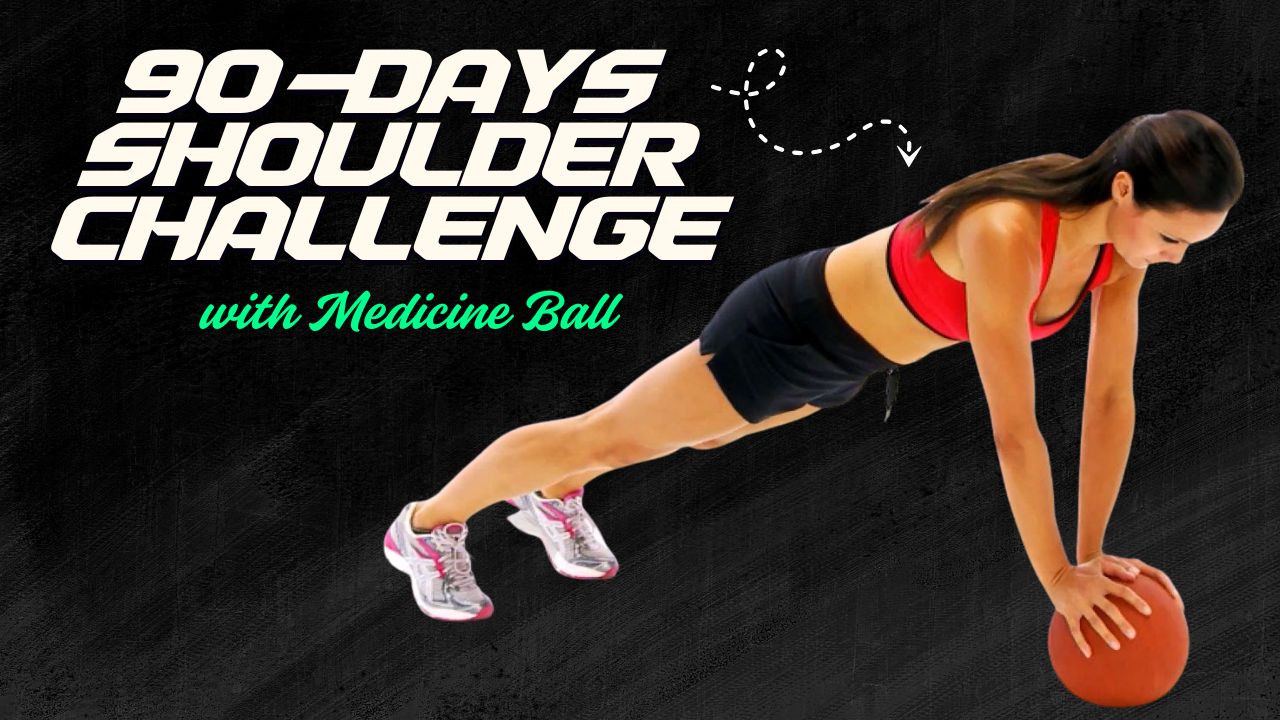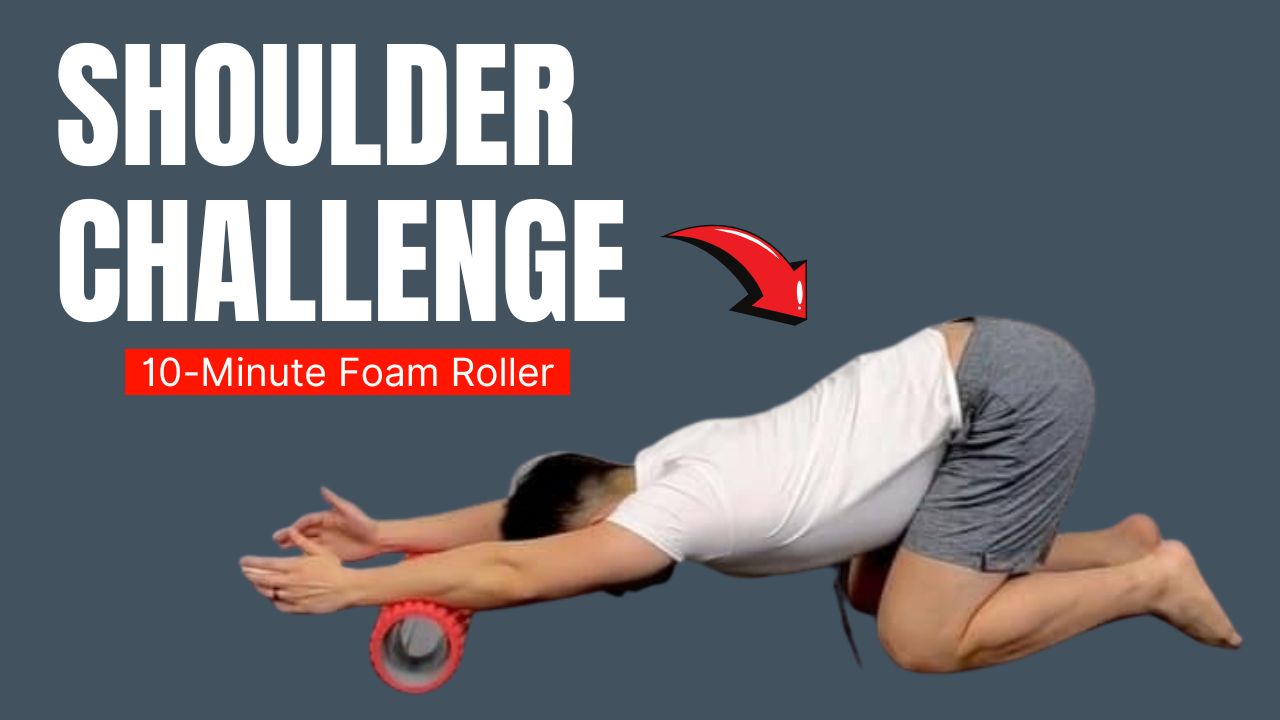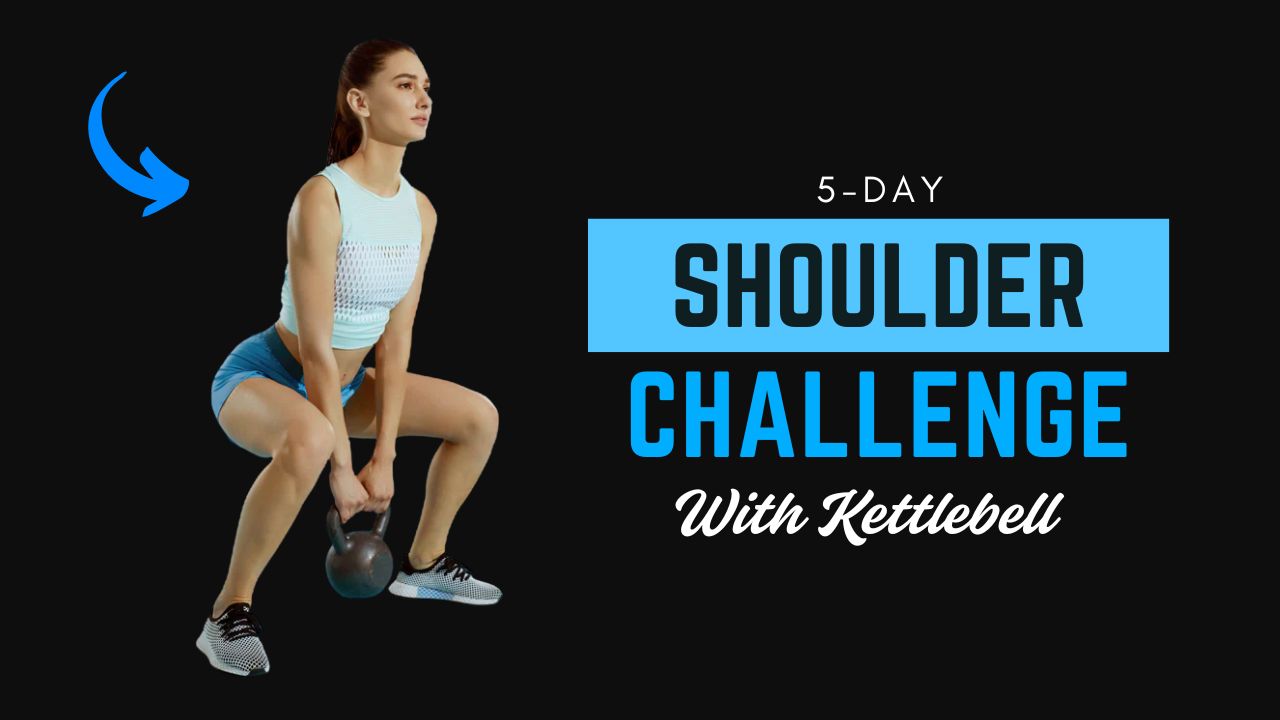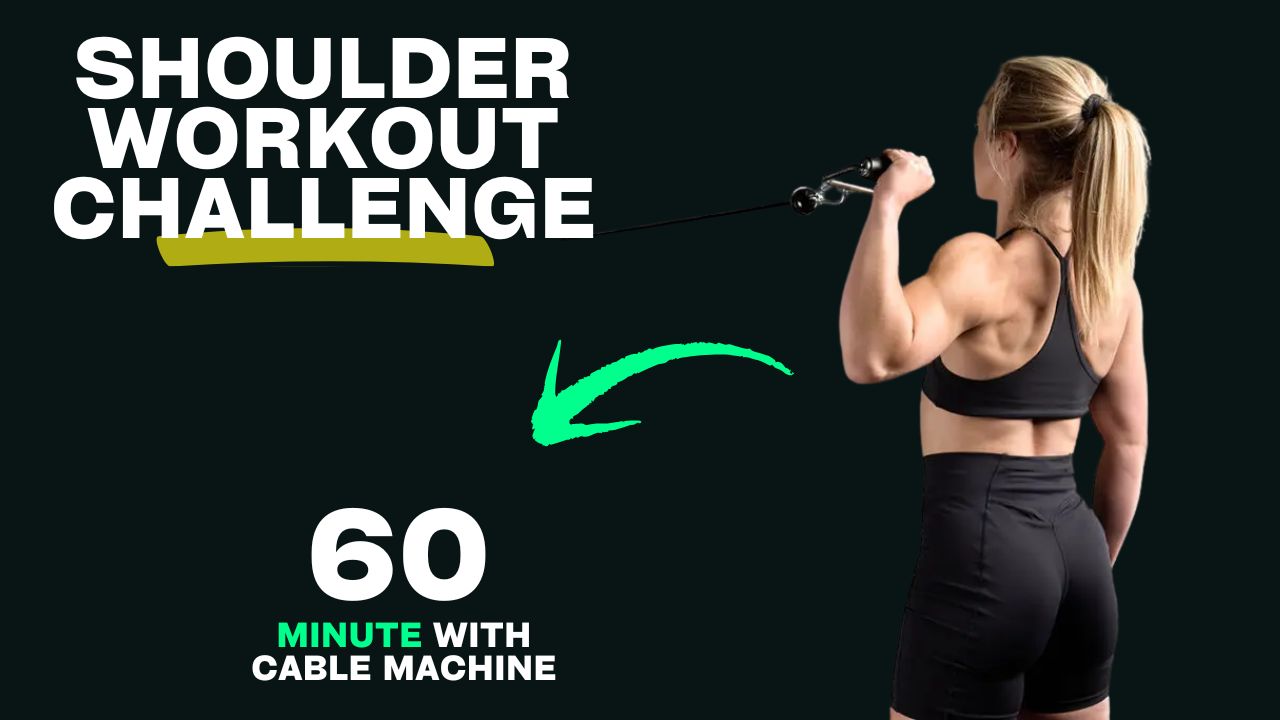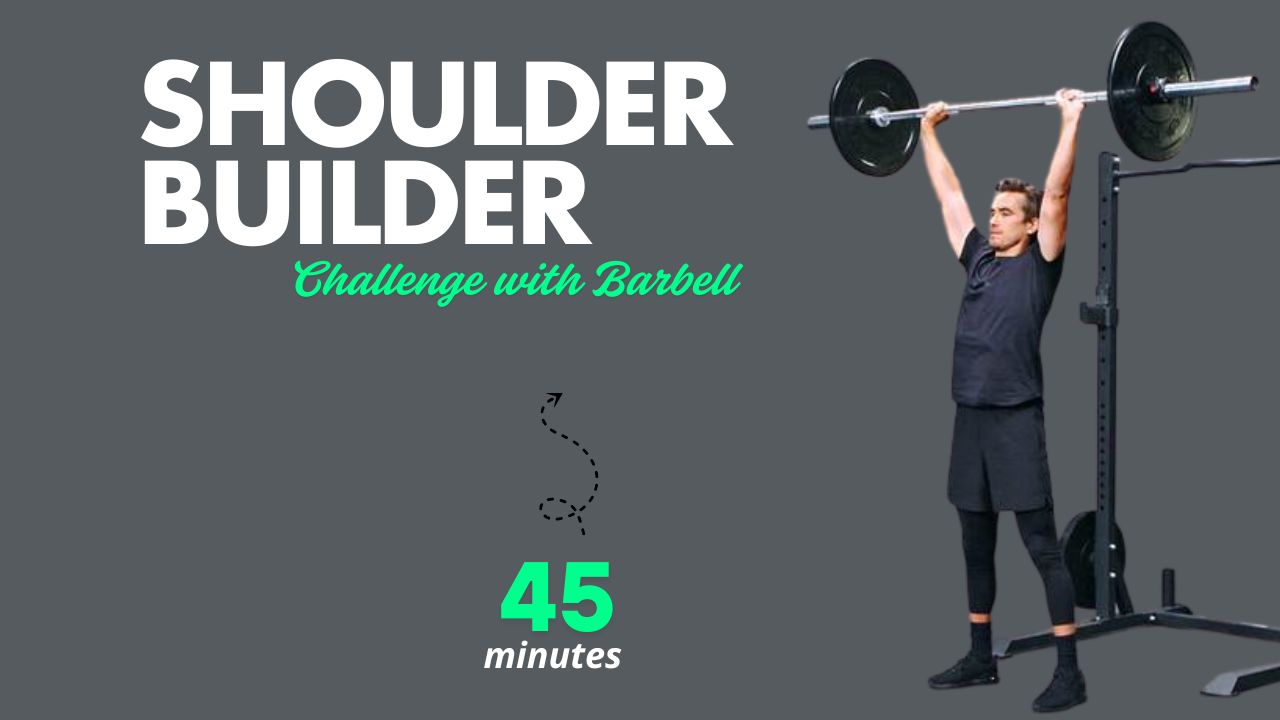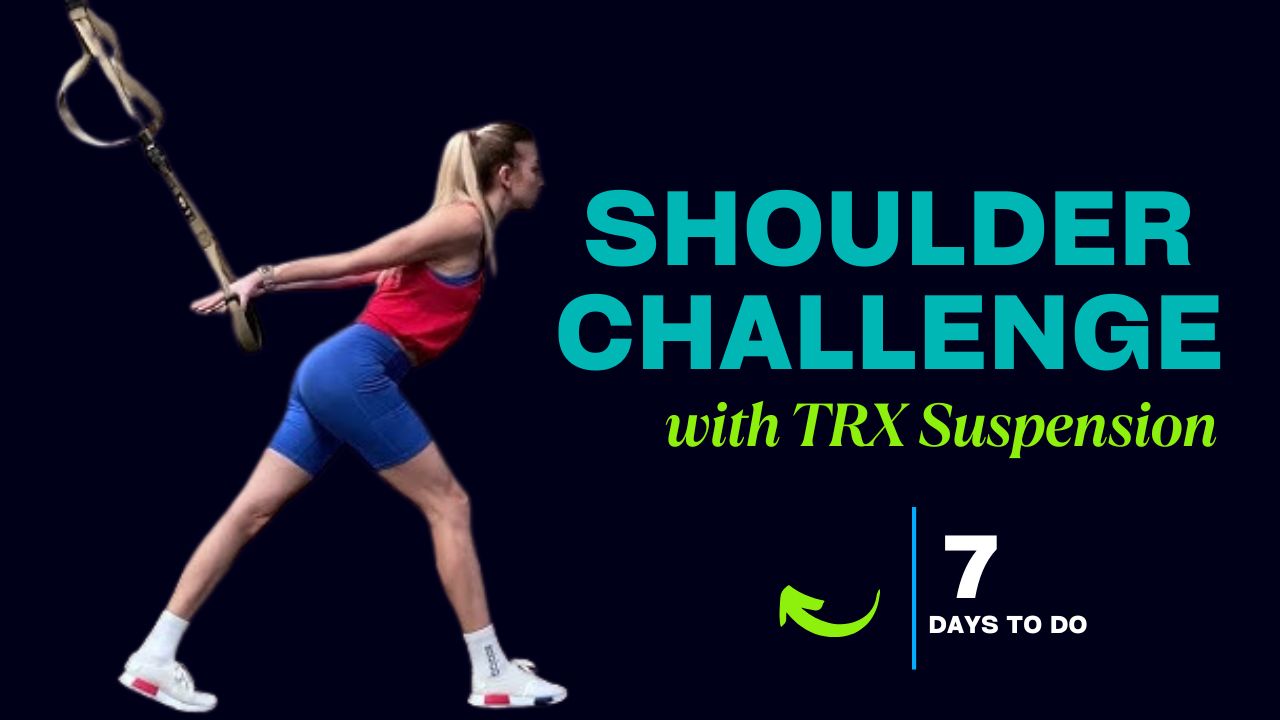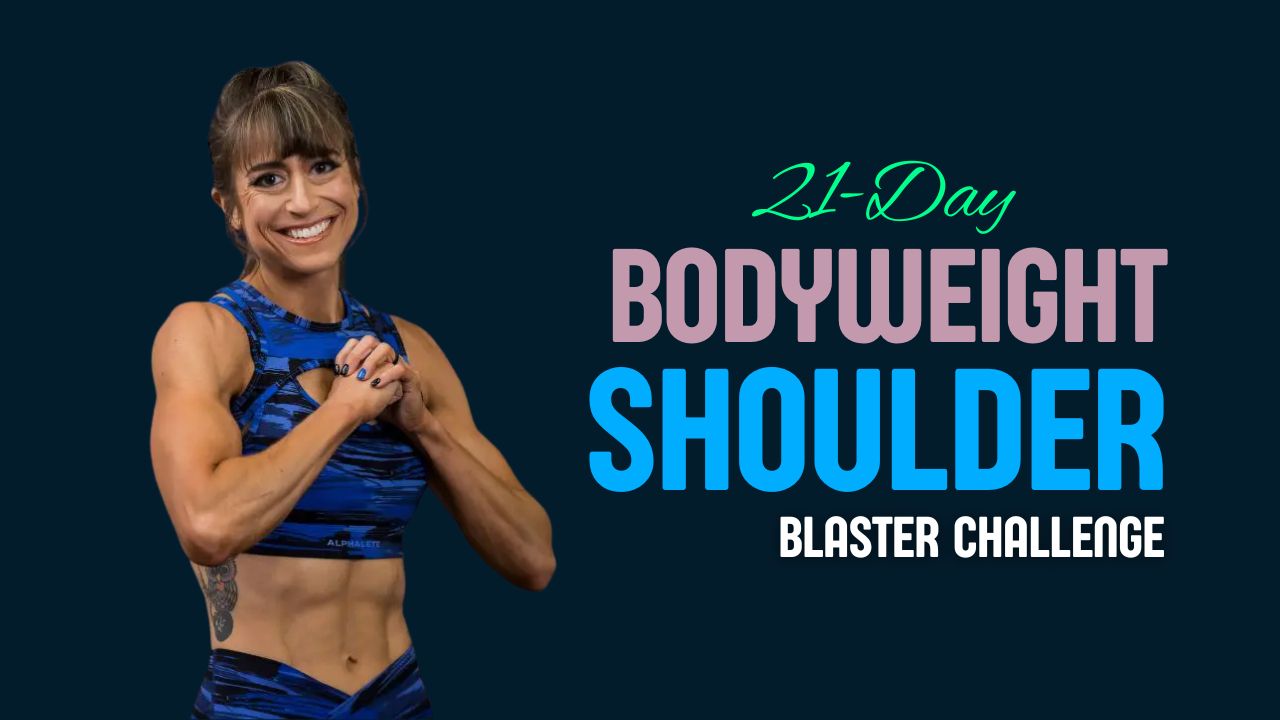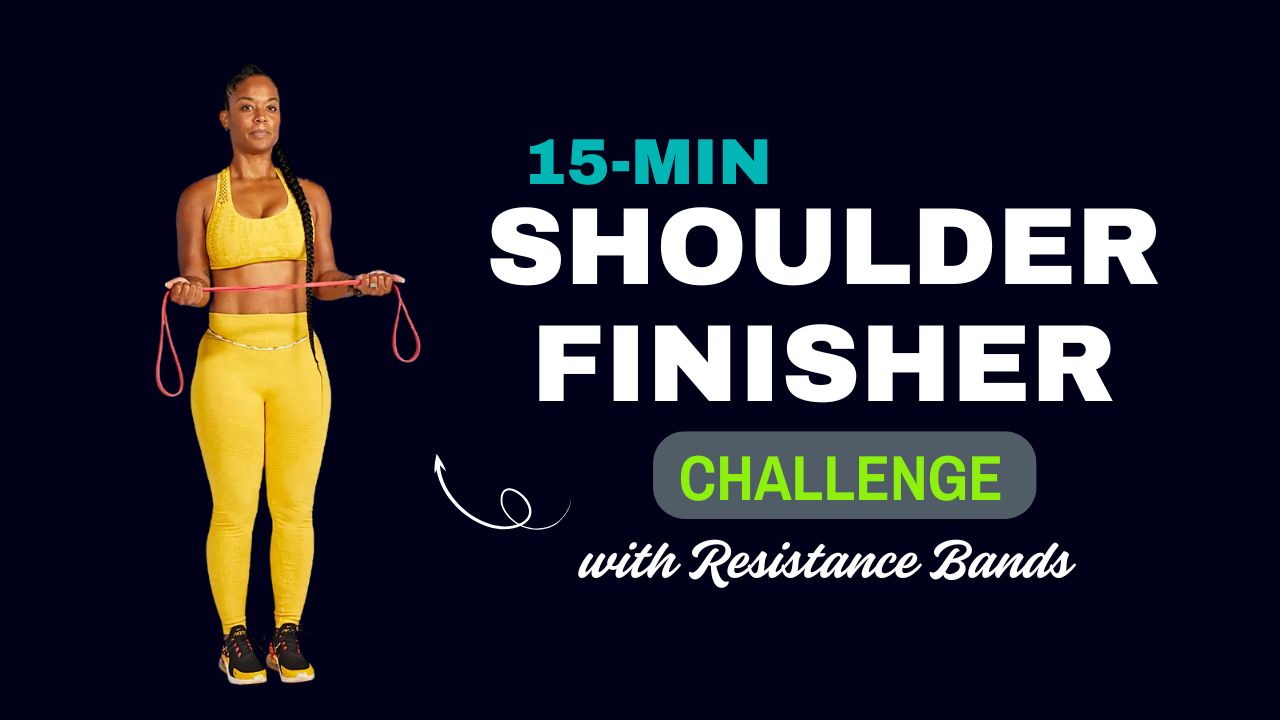If you’ve been sitting at your desk for hours, hunched over your phone, or simply feeling that nagging tension between your shoulder blades, your posture might be silently crying for help.
Poor posture doesn’t just affect how you look—it impacts your breathing, energy levels, and even long-term spinal health.
This 7-Day Back Blaster Challenge with TRX Suspension is designed to realign your body, strengthen your upper and mid-back muscles, and retrain your posture for a more confident and pain-free stance.
Using just a TRX suspension trainer, you can turn any small space into your own posture-correcting workout zone.
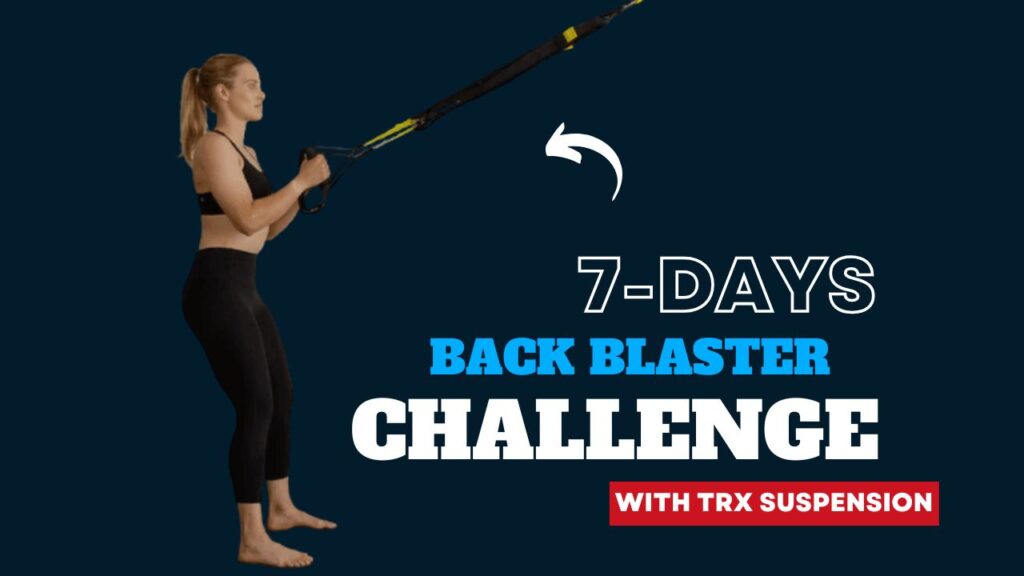
Table of Contents
Why TRX Suspension Training Works for Posture
TRX training is built around bodyweight resistance and instability, which forces your muscles—especially the smaller stabilizers in your back, shoulders, and core—to work harder. This combination is ideal for improving posture because:
- It activates postural muscles like the rhomboids, traps, erector spinae, and rear deltoids.
- It promotes scapular retraction (pulling your shoulders back), which counters forward-slouching habits.
- It engages your core throughout every movement, supporting the natural curves of your spine.
Do You Know?
Poor posture can shave off 30% of your lung capacity. When you hunch forward, your rib cage compresses, restricting your diaphragm’s ability to fully expand. This means your muscles, brain, and body get less oxygen—leaving you tired and sluggish.
What Can Happen After 30 Days of This TRX Back Blaster Challenge
| Positive Changes | Why It Happens |
|---|---|
| Noticeably improved posture with shoulders naturally sitting back. | Strengthened upper and mid-back muscles support proper alignment. |
| Reduced neck and shoulder tension during daily activities. | Better scapular control and balanced muscle activation relieve strain. |
| Enhanced core stability and better balance. | Continuous core engagement in TRX movements builds stabilizer strength. |
| Increased shoulder mobility for overhead movements. | Strengthening the rotator cuff and traps improves joint range of motion. |
| More energy and confidence in your stance. | Upright posture allows better breathing and oxygen flow. |
| Greater awareness of daily posture habits. | Repeated training reinforces muscle memory for proper positioning. |
Do & Don’t for TRX Back Blaster Challenge
| Do | Don’t |
|---|---|
| Keep your core engaged in every exercise to protect your spine and improve stability. | Don’t let your hips sag or arch excessively—it can strain your lower back. |
| Focus on controlled movements with a full range of motion rather than rushing reps. | Don’t use momentum or jerky movements to complete an exercise. |
| Adjust the TRX strap length and body angle to match your fitness level. | Don’t choose an angle that is too steep if you can’t maintain proper form. |
| Squeeze your shoulder blades together at the peak of pulling movements. | Don’t round your shoulders forward during exercises—it defeats the purpose. |
| Warm up before each session and stretch your chest afterward. | Don’t skip the warm-up or cool-down—it increases injury risk. |
| Listen to your body and take rest days if needed. | Don’t push through sharp pain—discomfort is different from injury pain. |
The 7 TRX Back Blaster Exercises
Below are the 7 targeted TRX exercises for this challenge. Each includes why it works and how to perform it correctly.
1. TRX Low Row
Why it works:
Strengthens the mid-back, lats, and rear delts while improving scapular retraction. This directly combats rounded shoulders and desk posture.
How to:
- Adjust the TRX straps so the handles are at mid-length.
- Stand facing the anchor point, holding the handles with palms facing each other.
- Walk your feet forward to lean back slightly, keeping your body straight from head to heels.
- Pull your chest towards the handles by driving elbows straight back.
- Squeeze your shoulder blades together at the top.
- Slowly lower back to the starting position.
2. TRX Reverse Fly
Why it works:
Targets the rear delts and upper back muscles that are often underused, restoring shoulder alignment.
How to:
- Adjust straps to mid-length.
- Face the anchor point, lean back with arms extended and palms facing each other.
- Keeping a slight bend in elbows, open your arms wide until they’re in line with your shoulders.
- Focus on pulling with your back muscles rather than your arms.
- Return slowly with control.
Posture Myth:
Many people believe posture is only about keeping your shoulders back. In reality, good posture starts from your feet upward, involving your hips, spine, and head alignment.
3. TRX Y-Fly
Why it works:
Strengthens the lower traps and improves upward shoulder mobility, which is key for overhead movements.
How to:
- Set straps to mid-length.
- Start facing the anchor, leaning back with straight arms.
- Lift arms upward into a “Y” shape, leading with your thumbs.
- Keep your core engaged and avoid arching your lower back.
- Return slowly to the start.
4. TRX Face Pull
Why it works:
Improves scapular mobility and strengthens the rotator cuff muscles, reducing neck and upper back tension.
How to:
- Adjust straps to mid-length.
- Hold handles with palms facing down, arms extended.
- Pull towards your face, bending elbows and externally rotating shoulders so your hands end up beside your ears.
- Keep elbows high throughout the motion.
- Slowly extend arms back to start.
Did You Know?
People who perform regular back-strengthening exercises are 50% less likely to experience chronic neck pain compared to those who only stretch.
5. TRX Archer Row
Why it works:
Enhances unilateral back strength and coordination, helping correct muscle imbalances from daily habits.
How to:
- Face the anchor point holding both handles, arms extended.
- Pull with one arm while extending the other straight out to the side.
- Keep your chest square to the anchor point.
- Alternate sides for each rep.
6. TRX Superman Extension
Why it works:
Activates the erector spinae and glutes, strengthening the entire posterior chain to keep your spine erect.
How to:
- Face down toward the floor with TRX straps at mid-length, holding handles in front of you.
- Start in a plank position, core engaged.
- Extend your arms overhead while lifting your chest slightly forward.
- Return to the start with control.
7. TRX High Row
Why it works:
Strengthens the upper traps and rhomboids, improving the position of your neck and shoulder girdle.
How to:
- Adjust straps to short length.
- Lean back holding the handles with palms facing down.
- Pull your chest toward the handles, leading with your elbows high and wide.
- Squeeze shoulder blades together, then return slowly.
Back & Posture Health Tips to Maximize Results
- Warm Up First: Light cardio and dynamic stretches prepare your muscles.
- Focus on Quality, Not Quantity: Maintain proper form to avoid compensations.
- Engage Your Core: A stable core protects your spine during pulling exercises.
- Stretch After Training: Include chest-opening stretches to counteract tightness.
The 7-Day Back Blaster Challenge Routine
Here’s your structured plan. Perform the workout once per day for 7 days. Beginners can rest on Day 4 and Day 7 if needed.
| Day | Exercise | Sets | Reps | Rest Between Sets |
|---|---|---|---|---|
| 1 | TRX Low Row | 3 | 12 | 45 sec |
| 1 | TRX Reverse Fly | 3 | 10 | 45 sec |
| 1 | TRX Y-Fly | 3 | 10 | 45 sec |
| 2 | TRX Face Pull | 3 | 12 | 45 sec |
| 2 | TRX Archer Row | 3 | 8 per side | 45 sec |
| 3 | TRX Superman Extension | 3 | 12 | 45 sec |
| 3 | TRX High Row | 3 | 10 | 45 sec |
| 4 | Repeat Day 1 | – | – | – |
| 5 | Repeat Day 2 | – | – | – |
| 6 | Repeat Day 3 | – | – | – |
| 7 | Full Circuit (All 7 Exercises) | 2 | 8 each | 60 sec |
Final Thoughts
By the end of this 7-Day Back Blaster Challenge, you should feel:
- Stronger upper and mid-back muscles supporting better posture.
- Improved shoulder mobility and less stiffness in your neck.
- A natural lift in your chest without forcing it.
Remember, posture correction is a daily habit, not a one-time fix. Continue using these TRX moves 2–3 times a week beyond the challenge, and pair them with regular movement breaks during the day.
Frequently Asked Questions (FAQs)
Can I do this TRX Back Blaster Challenge if I’m a beginner?
Yes. Beginners can start with fewer sets (2 instead of 3) and reduce the leaning angle on TRX exercises to make movements easier. The goal is to maintain good form over pushing for heavier intensity.
How long will it take to see posture improvements?
Some people notice reduced tension and better alignment in as little as 1–2 weeks, especially if combined with daily posture awareness and stretching. Long-term posture correction usually takes 6–8 weeks of consistent training.
Do I need any other equipment besides the TRX?
No. All the exercises in this challenge use the TRX suspension trainer and your body weight. However, a yoga mat for floor comfort and a stable anchor point for the TRX are recommended.
Can I combine this challenge with other workouts?
Yes, you can. Just avoid heavy upper-back lifting on the same days to prevent overtraining. Pairing it with lower-body or cardio sessions works well.
What if I don’t have a TRX suspension trainer?
You can use other suspension systems or resistance bands for similar pulling movements. While the feel might differ, the posture benefits will still be significant.
Is TRX training safe for people with back pain?
TRX can be safe for mild, non-specific back discomfort because it’s low-impact and bodyweight-based. However, anyone with chronic pain, injury, or spinal conditions should consult a healthcare professional before starting.
Should I do all 7 exercises every day?
Not necessarily. The challenge alternates between grouped exercises to avoid overuse and fatigue. On Day 7, the full circuit includes all exercises but at reduced volume.
How can I maintain my posture after the challenge ends?
Continue performing these TRX exercises 2–3 times per week, take frequent standing/walking breaks if you sit for long hours, and incorporate daily chest-opening stretches to balance muscle tension.
